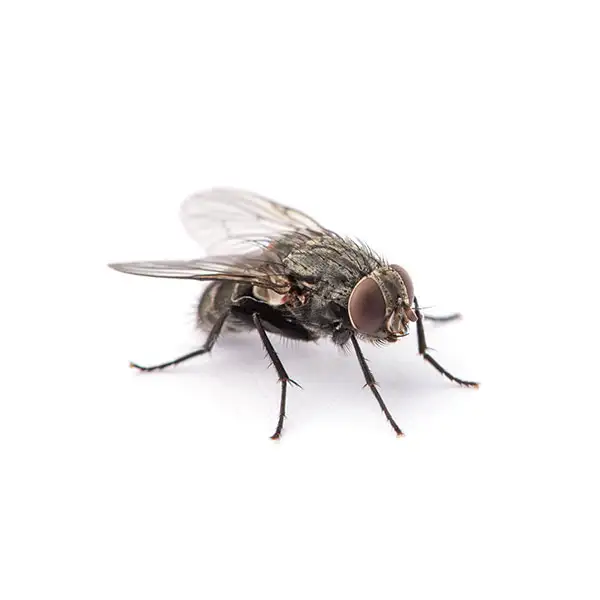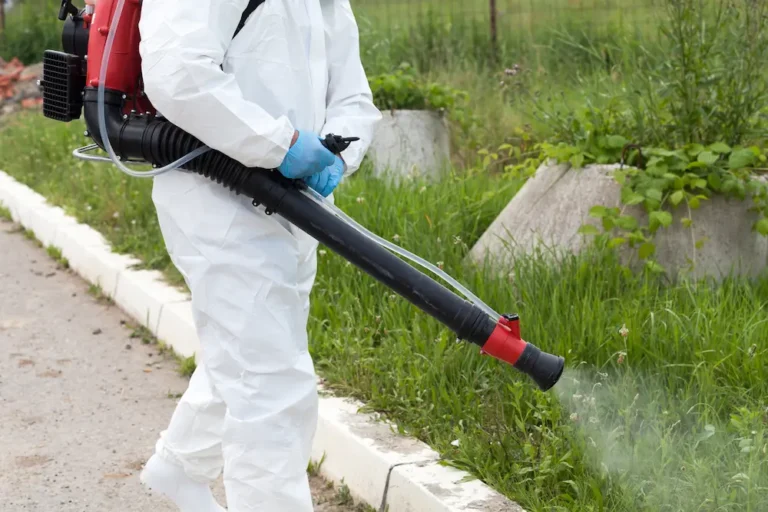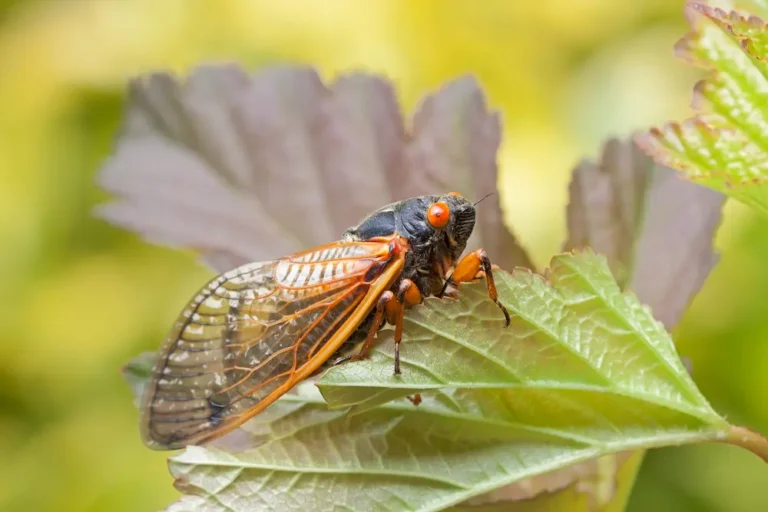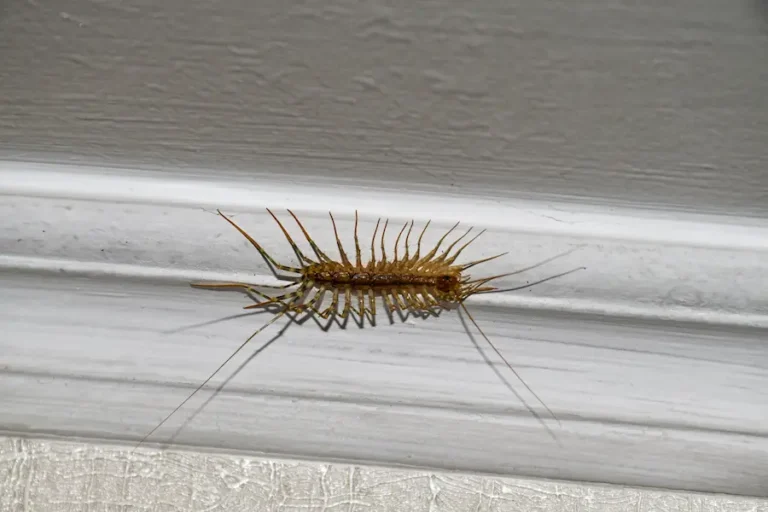Description
The house fly is a medium-sized fly, about 1/4 inch in length. The house fly is primarily grey with four dark longitudinal stripes on its prothorax and a sharp curve on its leading wing edge in its fourth longitudinal vein. Often confused with the face fly, a house fly’s calyptere is bare while the face fly has a tuft of bristles where its calyptere attaches to the thorax.
Biology and Behavior
- House flies are probably the most common fly in the world, often found around dwellings and livestock.
- House flies, like all flies, enter four life stages (egg, larvae, pupae, and adult).
- A female fly will deposit up to 150 white eggs at a time (each about 1 mm in length) on fresh animal manure or some other decaying organic matter.
- Larvae emerge from the eggs 8 to 20 hours later and feed on the surrounding matter for as little as 3 to 8 days in warm weather (6 to 8 weeks at cooler temperatures) before seeking a cool, dry location to pupate.
- The pupal stage may vary in length from 3 days to 4 weeks depending on temperature and humidity and may take place 150 feet or more from the breeding site.
- 10 to 12 generations of house flies are possible in one summer.
- The lifespan of a housefly varies from 2 to 3 days without food and up to 54 days with food and favorable environmental conditions.
- House flies can travel great distances but generally remain within one mile of their breeding site.
- House flies harbor many disease organisms such as typhoid fever, cholera, diarrhea, dysentery, tuberculosis, anthrax, ophthalmia, salmonella, and E. coli bacteria.
House Fly Prevention Tips
- Pet feces in yards is the most common source of house flies in a residential setting, so proper disposal of pet waste is vital in managing fly populations.
- Surrounding properties, such as cattle farms and sewage treatment facilities, can attribute to fly problems, but most flies originate from poor sanitation or exclusion issues in the near vicinity.
- Other sources of fly problems are poor sanitation at trash receptacles and dumpsters. Keeping lids closed helps keep flies out, and using liners reduces buildup and eases the cleaning of the trash receptacle.
- Placing dumpsters on sealed concrete pads away from the building and sealing all refuse in bags reduces attraction and aids in the cleanup of spillage and leakage.
- Scheduling dumpsters to be emptied twice a week during warmer months helps disrupt the fly lifecycle.
- Keeping windows closed or screened and all doors sealed keeps flies from crawling indoors (most flies crawl, not fly, into structures).
- Place fly baits around dumpsters and exterior trash receptacles, and microencapsulated or wettable powder residual insecticides applied to fly resting sites can significantly reduce fly populations before they get indoors.
- Insect light traps are the best way to control interior fly populations.



